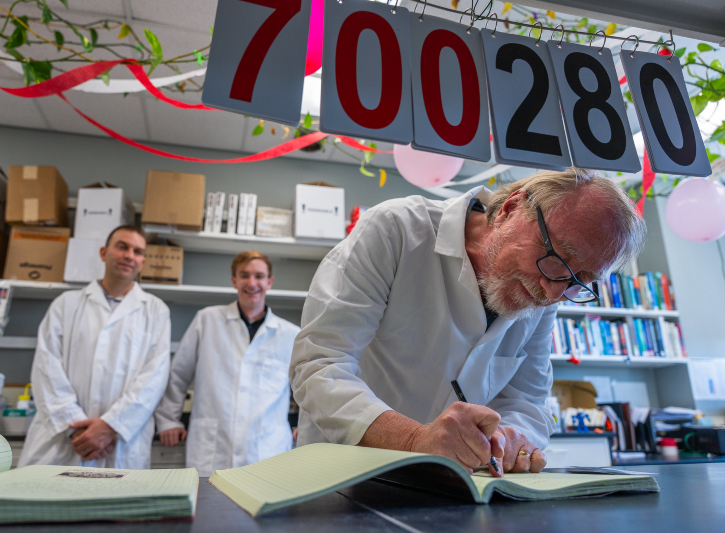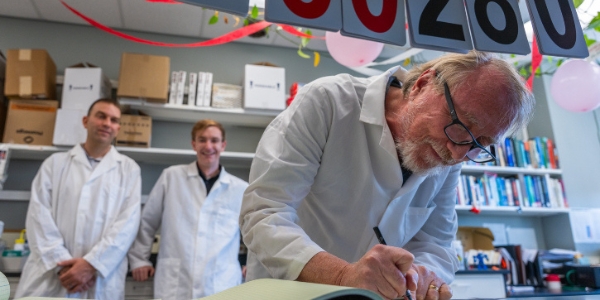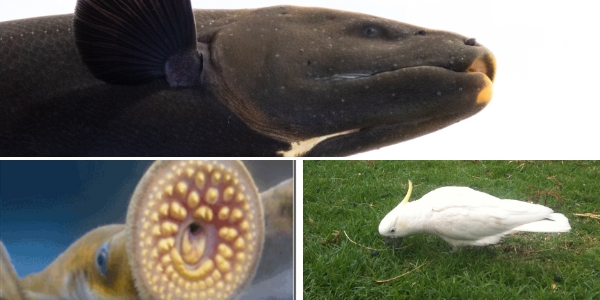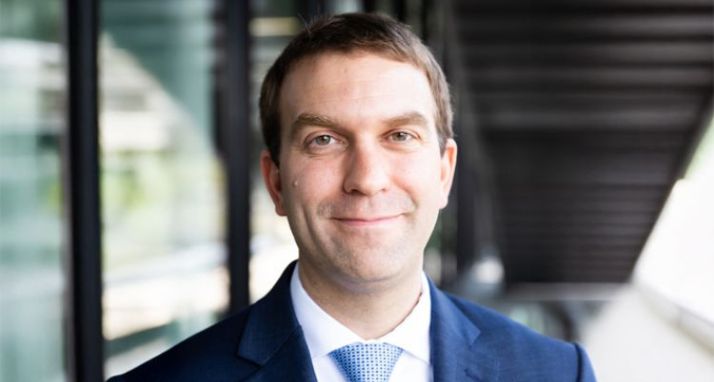‘Evolution under a microscope’ going strong at Michigan State
Evolution is usually too slow to observe in a human lifetime. But in a Michigan State University lab, it plays out in days, years and now decades.

Beginning in 1988, MSU Hannah Distinguished Professor and former EEB director Richard Lenski shepherded the rapidly growing model organism Escherichia coli, or E. coli, through 75,000 generations. Lenski and researchers in the Department of Microbiology, Genetics, & Immunology, or MGI, have witnessed evolution in real time for more than three decades.
Called the Long-Term Evolution Experiment, or LTEE, 12 small flasks of E. coli offer a glimpse behind the curtain of evolution — without the need to wait thousands or even millions of years. It’s a simple system that scientists around the world have learned from as they try to understand bacterial evolution in more complex environments, like within the lungs of a person battling cystic fibrosis, or inside the gut microbiome.
In 2022, the LTEE left MSU’s campus and was placed in the hands of Lenski’s former postdoctoral researcher, Jeffrey Barrick, at the University of Texas at Austin. His group continued the experiment there to 82,000 generations. Now, the E. coli are home again.
Read the full story by Bethany Mauger in MSU's College of Natural Science.



